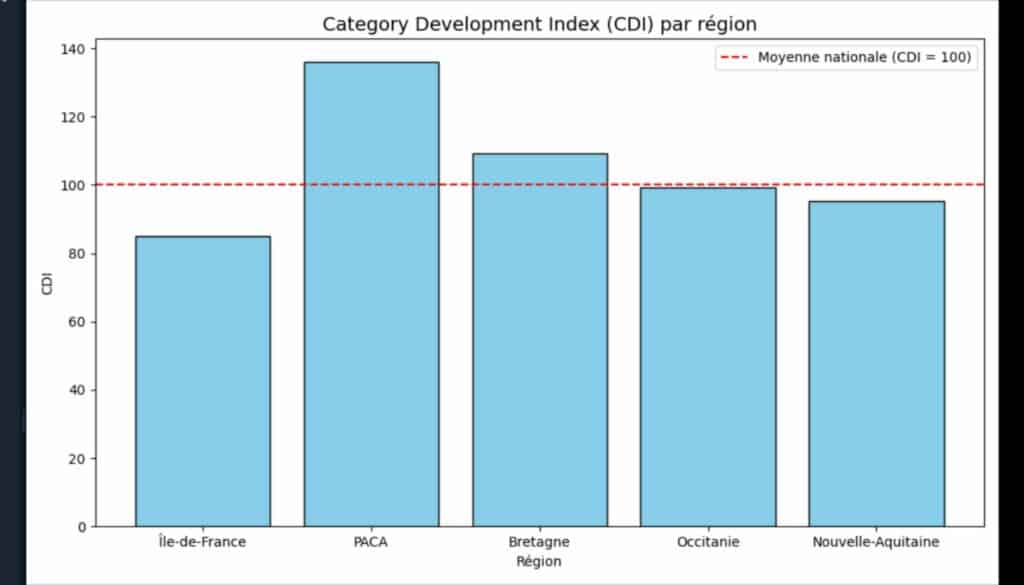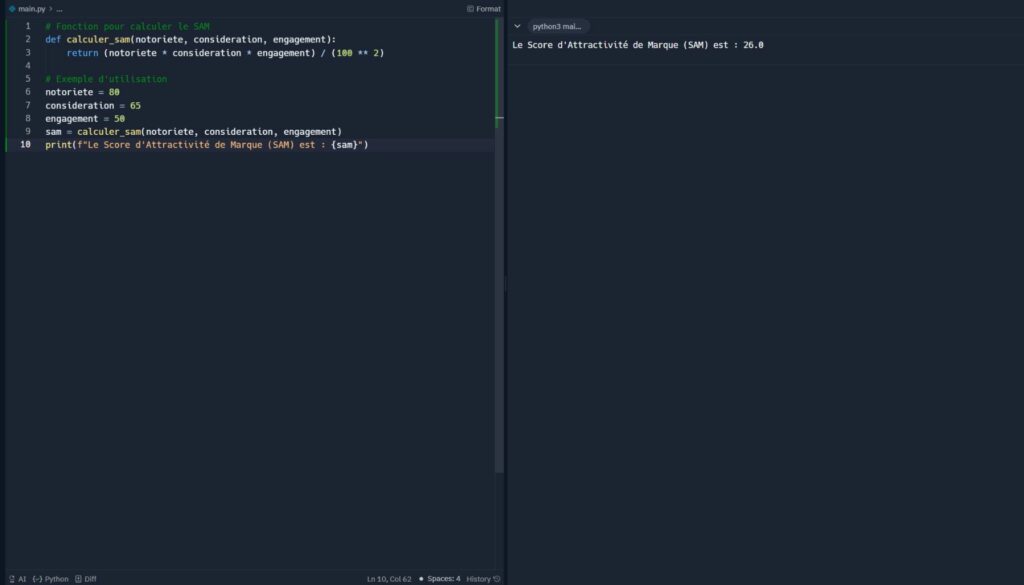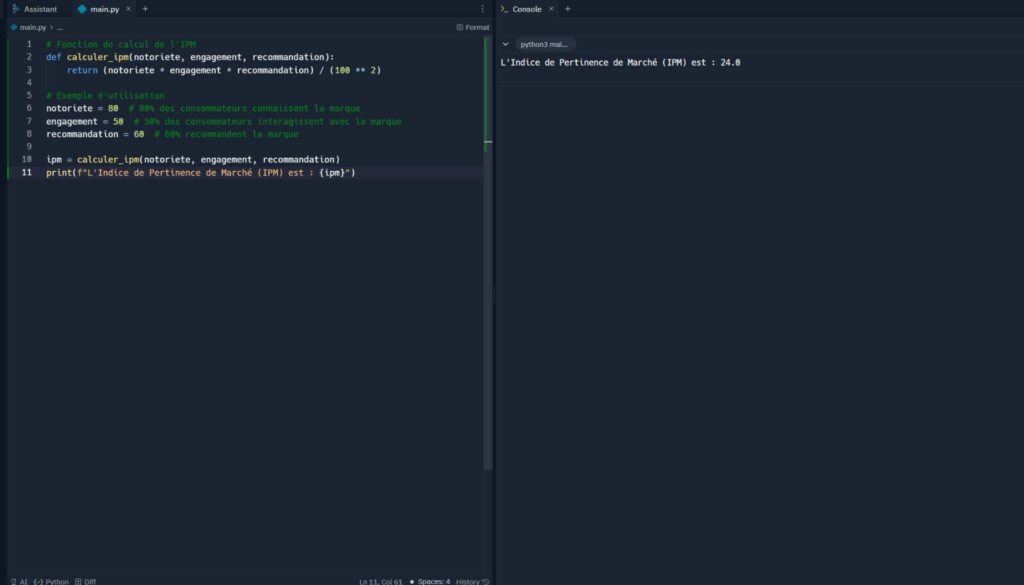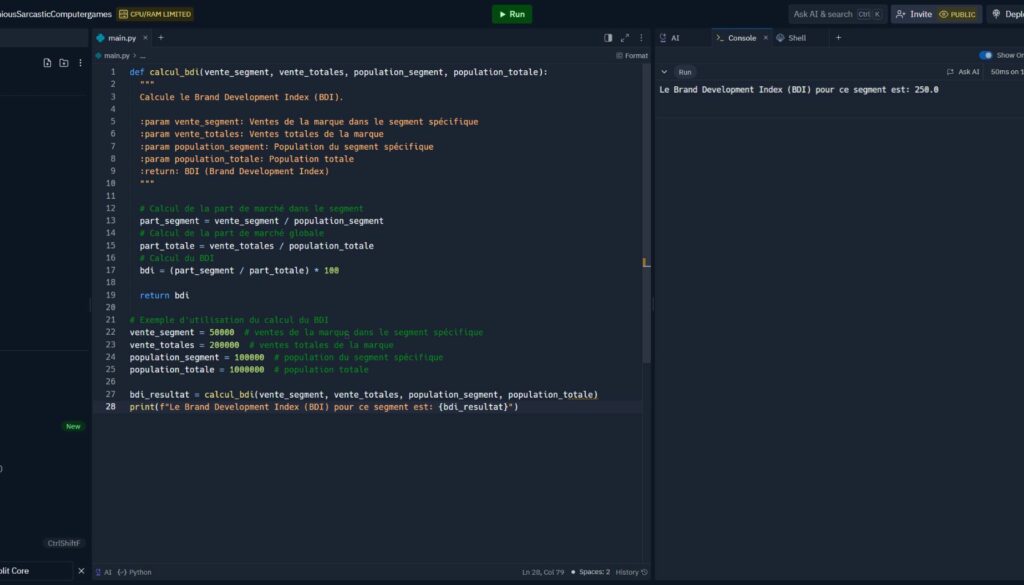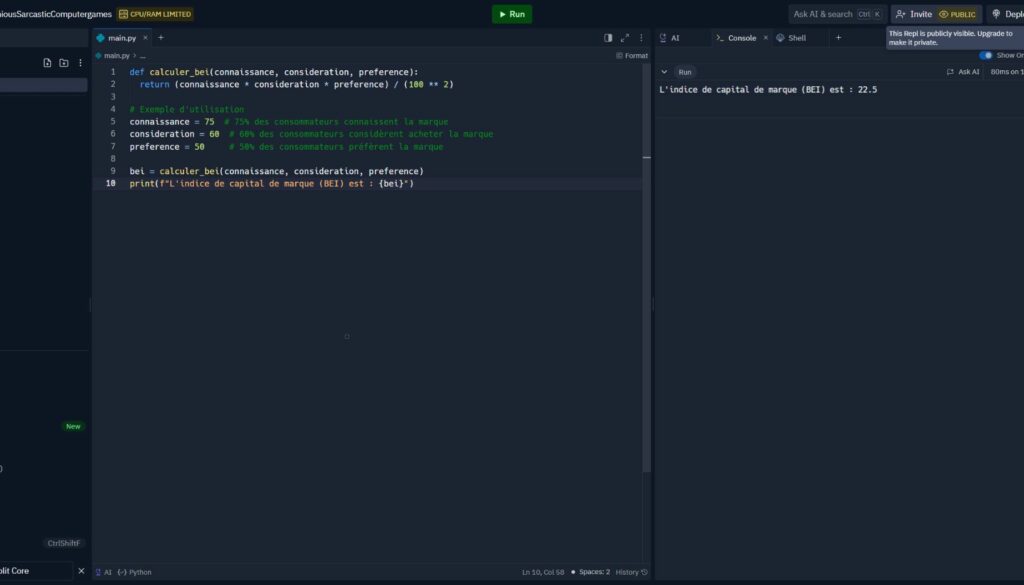MMM – Marketing Mix Modeling: measuring, optimizing and predicting marketing performance
Marketing Mix Modeling (MMM) is an advanced quantitative approach designed to measure the impact of various marketing activities on a company’s business outcomes—such as sales, market share, or profitability. It is a statistical model, often based on multiple linear regression, that takes into account both controllable variables (advertising, promotions, distribution, pricing) and uncontrollable ones (seasonality, weather, economic trends, competition) to isolate the specific effect of each lever.
MMM – Marketing Mix Modeling: measuring, optimizing and predicting marketing performance Read More »


